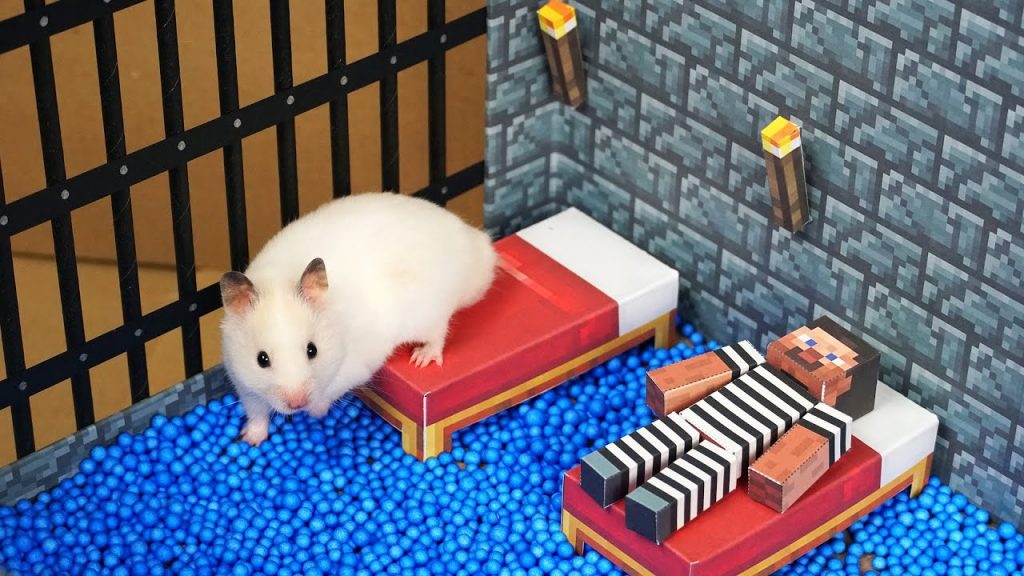EVERYTHING YOU SHOULD KNOW ABOUT THE HAMSTER ESCAPES

Maintaining your pet hamster confined to its cage might be a struggle. No matter how well you think you have secured their enclosure, they always manage to sneak out. After that, the nail-biting wait begins as you try to lure them out of their haven. The best place for a hamster is within its cage, so selecting a design that prevents your furry companion from escaping is essential. Follow these vet-recommended guidelines to build the perfect hamster escapes home for your pet.
What more can I do to make the cage less inviting to escape?
More reinforcement is usually preferable to prevent an escape from a cage. Dr.Murithi suggests using weights on four corners of a mesh cover on a tank to prevent your hamster from knocking it over. A metal clip, she said, could be fastened to the cage’s door to prevent inmates from bolting.
Canada-based pet care expert Rachel Reisner recommended installing locks on the lid. She said that using a screen lock may keep your hamster from removing the wire lid from their glass tank.
How Do You Create an Interesting Habitat for a Hamster?
The efforts at egress are likely motivated by your hamster’s physical demands; therefore, satisfying those needs in other ways is crucial. To this end, you might try decorating the cage,so your pet enjoys spending time there. Because of this, they won’t feel the need to explore their environment beyond the confines of the cage. Reisner recommended getting the giant cage available. She said, “a hamster demands much more room than most people offer them.” “It’s thought that hamsters can sprint roughly five kilometers each night. They need room to roam and play.” Dr.Murithi recommends searching for a volume of around 0.05 cubic meters. Furthermore, she said hamsters are more comfortable in horizontally-oriented cages with a narrower, more extended layout than vertically-oriented cages with many levels.
Conclusion
The cage should also include some exciting toys to keep the pet entertained. Dr.Murithi recommends providing enrichment in the form of a hamster wheel (at least 20 cm in diameter), walnut shells, and other untreated wood toys. It would be a good idea to explore tunnels you could also put in the cage. Dr.Murithi said that hamsters find solace in digging through tight places. She recommended using empty toilet roll rolls or other thick, robust plastic as tunnels.




